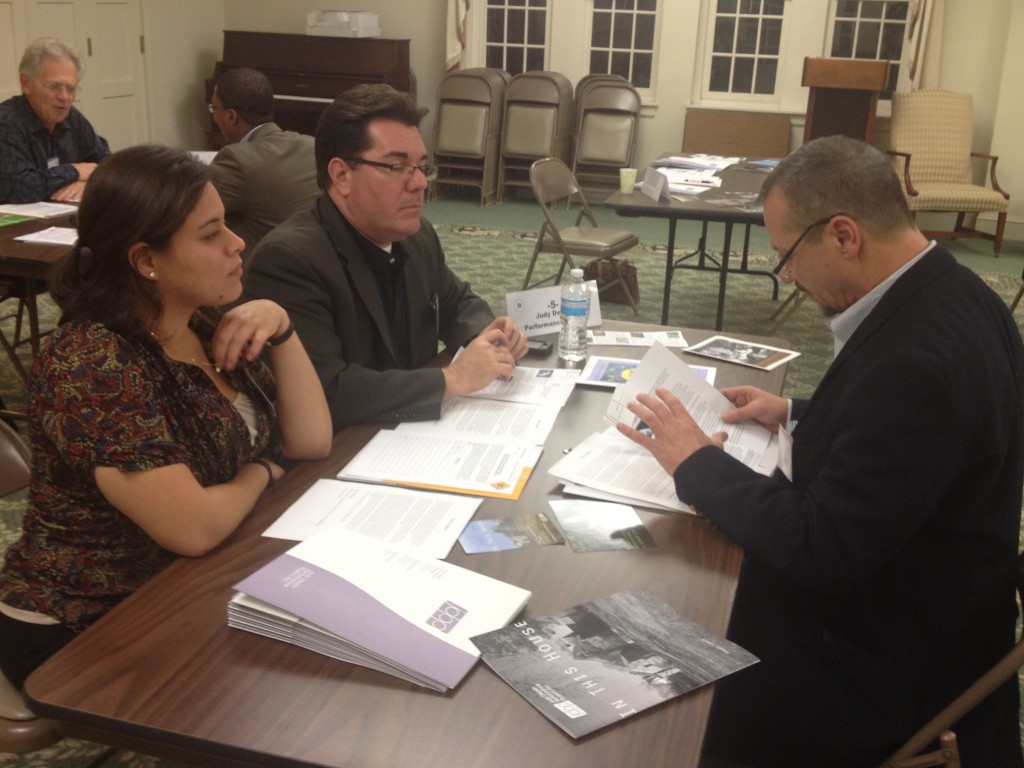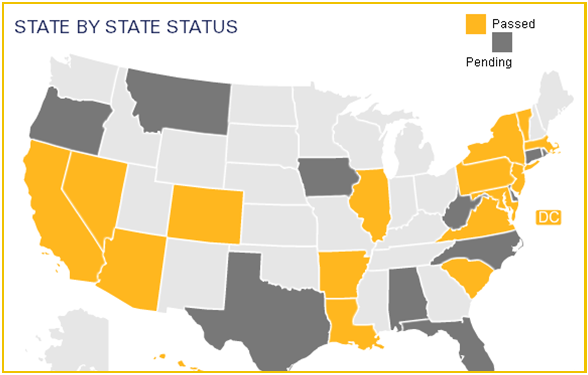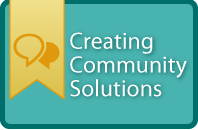Leadership Greater Hartford Initiative Selected for National Recognition
/
The Association of Leadership Programs, a national organization with affiliates across the country, will present Leadership Greater Hartford with its first "Excellence in Innovation" award for the implementation and success of the Leaders on Board program. The presentation will take place during the 2013 National Leadership Conference to be held in Arlington, Virginia later this month.
Leaders on Board is an ongoing program that strengthens nonprofit organizations by training and connecting participants with boards of directors seeking new members. The p rogram attracts individuals who want to serve on a board, develop their leadership skills and serve the community.
rogram attracts individuals who want to serve on a board, develop their leadership skills and serve the community.
Leaders on Board has successfully matched nearly 300 individuals with more than 75 nonprofit organizations throughout the region since its inception in January 2009. The list of organizations that have placed members on boards through the Express Match process is quite impressive – and a who’s who of community organizations.
Potential board members receive training in nonprofit organizational structure and management. They are introduced to the role and responsibilities of board members and are encouraged to explore their skills and interests. Then nonprofit board leadership and prospective board members interview each other, and “matches” are pursued by the organizations and the individuals.
In announcing the recognition, LGH said the success of our Leaders on Board program is not only due to the hard work of the LGH staff, but also to the commitment and time that the participants and nonprofits invest in making sure the program is a success. "We are delighted to share this award with everyone who has been involved with Leaders on Board since 2009, especially the Hartford Foundation for Public Giving, our funding partner. Thank you for making Leaders on Board the best it can be." Leaders on Board is a program created by Leadership Greater Hartford with support from the Hartford Foundation for Public Giving and in collaboration with the United Way of Central and Northeastern Connecticut. Corporations and businesses also participate in the program by offering board governance training to encourage their employees who are interested in serving the community. 
Also during the conference in Virginia, longtime LGH president Ted Carroll will be leading a workshop for conference participants, entitled “Building Community by Transforming Local Government.” The workshop description highlights that “As Leadership Greater Hartford’s consulting and training activities have increased, our most important, and most profitable client has become our city government. This workshop will provide insights into how community leadership programs can apply their services and expertise to help municipalities develop more collaborative, participatory cultures.”
Upcoming "Leaders on Board" Express Match The next Leaders on Board “Express Match” program is scheduled to be held on Tuesday, June 11, 5:30 – 8:30 at Asylum Hill Congregational Church (814 Asylum Avenue) in Hartford. Pre registration required, on the Leadership Greater Hartford website.














































